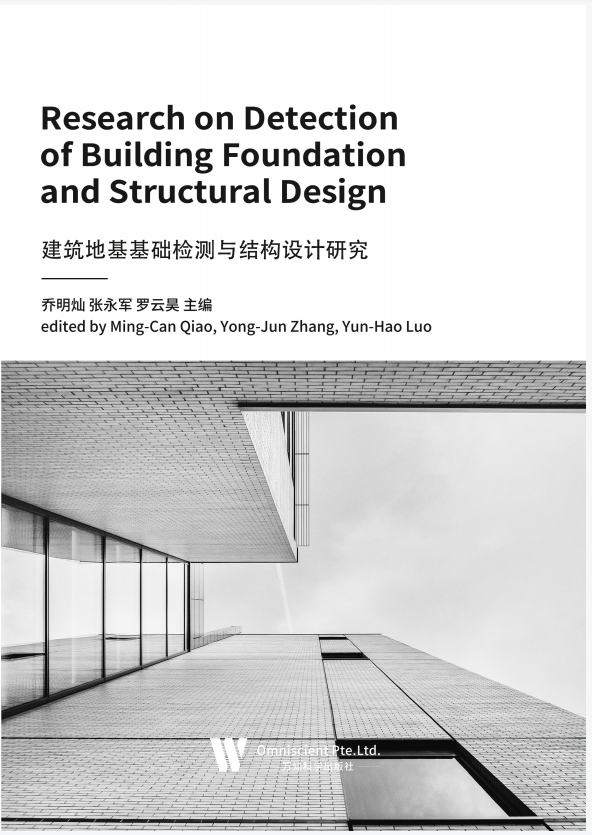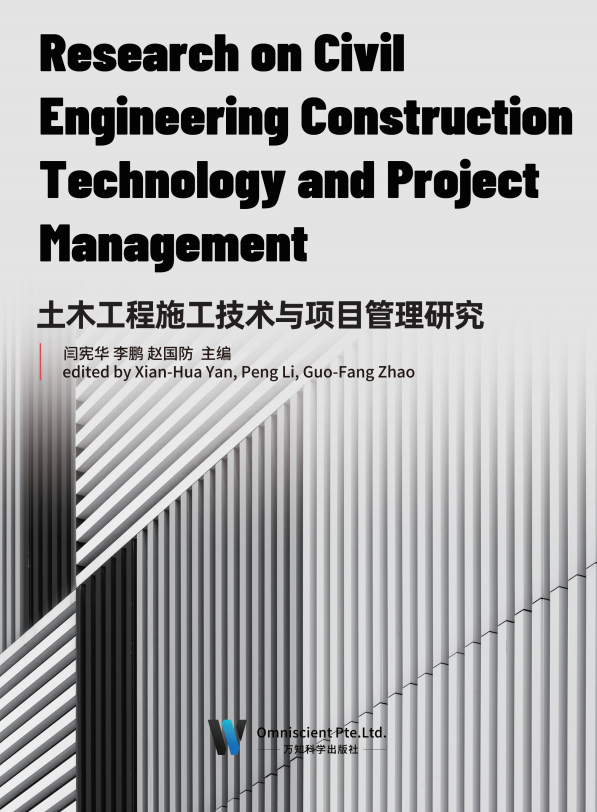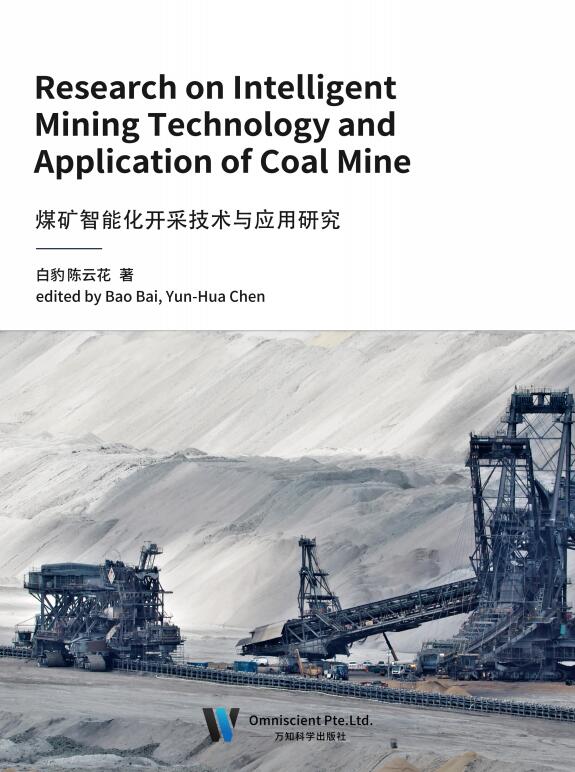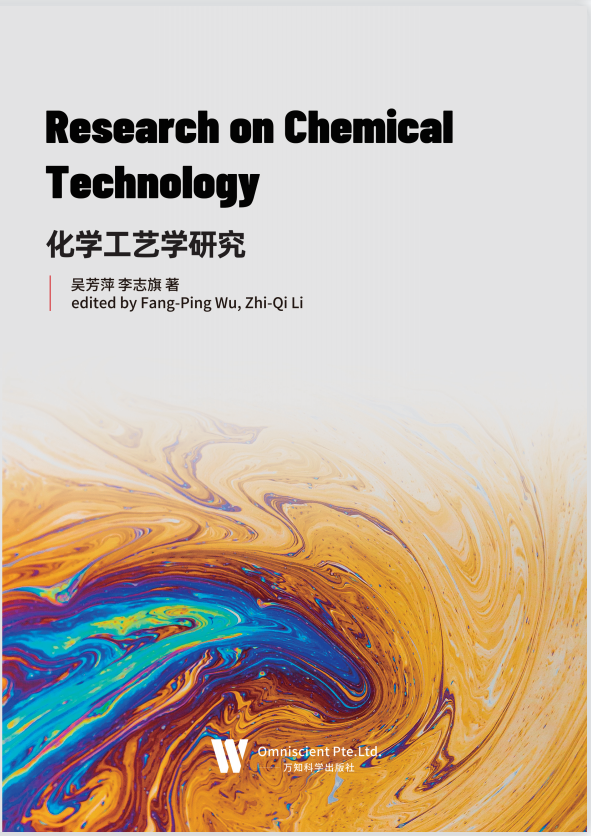
在建筑工程的范围内,地基基础构成了建筑工程中的关键部分。然而具体针对 地基基础在进行建设与施工时,由于当地的自然因素以及地质灾害引发的影响,可 能会导致地基基础工程缺乏坚固性与安全性。因此为了保障地基工程符合现行的施 工质量标准,则对于地基基础工程应当施以全面的施工检测,确保按照工程检测的 结论来改进地基基础的具体施工处理措施。 随着近年来城市化进程的不断加快,我国城市建筑工程的激增,人们对建筑质 量的要求也越来越高。建筑地基的质量高低决定了整个建筑工程的稳定性和安全性。 因此,很多施工单位对建筑地基基础工作越来越重视。更多的新技术被应用于建筑 地基基础的检测过程当中。 建筑地基处理工作开展是保证基础稳定安全的重要内容,新时期建筑业发展下 高层建筑对基础结构要求更加严格,只有保证处理技术与结构设计的合理性,才能 实现建筑整体结构的质量安全。建筑地基处理具备复杂性、严重性、困难性的特点, 实际工作中,需依照不同区域地质条件不同合理设计地基结构并选择地基处理技术, 以确保地基施工过程的安全性,使其达到最佳的建设预期。

煤炭是重要的基础能源和工业原料。从世界范围看,今后相当长时期内,煤炭、 石油、天然气等化石能源仍将是能源供应的主体,中国也不例外。当前,我国能源 战略发生调整,能源革命正在发生深刻变化,能源结构调整的主攻方向为发展清洁 低碳能源。从能源战略角度讲,短期内对煤炭替代还需要较长过程,因此,今后一个 时期,煤炭仍将是我国能源安全保障的主体能源。新形势要求我国煤炭工业向煤炭安 全绿色开发和清洁高效利用发展,煤炭资源勘查是煤炭工业发展的基础和前提,如何 依靠煤炭地质科技创新,提高地质勘查精度与勘查质量,保障优质洁净的煤炭资源 供给,可以说,煤炭资源的调查评价与勘查工作的技术方法进步与发展就显得非常 重要。
在长期的煤炭地质勘查实践中,广大煤炭地质工作者,针对我国煤田地质条件特 点和煤炭工业建设的要求,积极探索,实施了多种煤炭地质勘查技术与方法,提出了 若干行业勘查规范、规程与文件,推动着我国煤炭资源勘查理论和技术不断发展,特 别是在煤炭快速发展期,遥感、三维地震、钻探和信息技术的进步很快,这些都需要 及时梳理、系统总结、分析技术发展趋势。同时,新形势下我国煤炭资源调查与勘查 要符合煤炭安全绿色开发和清洁高效利用背景下的变化及发展趋势、绿色低碳战略、 能源科技创新战略等对煤炭勘查的相关要求,煤炭地质勘查技术方法要解决许多面临 的技术方法难题,如沙漠、厚层黄土、采空区等复杂地区技术经济合理的综合勘探模 式和方法;东部深部煤田地质勘查理论和方法;复杂地区三维地震技术;电、核、声 成像测井与三维可视化综合分析技术;煤炭地质数据信息集成共享与社会化服务等技 术问题。
基于此,本书就煤炭地质勘查技术跟踪与勘查模式展开全面论述。从煤矿地质基 础知识入手,针对煤矿开采的地质因素、煤炭地质基本特征与煤炭地质勘查方法以及 煤炭资源遥感调查与地质填图技术进行了分析研究;另外对煤炭地震勘探技术、煤炭 电法、磁法及重力勘查技术、煤炭地质勘查信息化技术、煤层气勘查与开发技术做了 一定的介绍;还对煤炭资源勘查模式做了简要分析;旨在摸索出一条适合煤炭地质勘查工作的科学道路,帮助其工作者在应用中少走弯路,运用科学方法,提高效率。
在本书的撰写过程中,参阅、借鉴和引用了国内外许多同行的观点和成果。各 位同仁的研究奠定了本书的学术基础,对煤炭地质勘查技术跟踪与勘查模式的展开提 供了理论基础,在此一并感谢。另外,受水平和时间所限,书中难免有疏漏和不当之 处,敬请读者批评指正。

我国的经济在快速发展,社会在不断进步,社会各界对土木工程建设技术的要求也越来越高,因此土木工程单位应及时进行技术创新,为提高建设施工企业的经济效益而 努力。虽然土木工程建设施工技术能够实现建设工程中土方开挖、排水设计、基础支护 的建设目标,但随着国民对建设物性能要求的不断提高,相关企业只有推动土木工程建 设施工技术创新,才能在新型技术方案中,优化土木工程各环节施工流程,控制施工资 源损耗,保障土木工程整体建设质量。因此,文章对土木工程建设施工技术及其创新策 略的分析,对提升土木工程建设水平、助力建设行业创新发展意义重大。
近年来,我国的土木工程建设有很大进展,其项目管理工作也越来越受重视。项目管理是管理学的重要分支,它在土木工程建筑施工领域中的实践应用有效克服传统 管理模式的缺陷,并推动土木工程建筑施工行业的转型发展。土木工程施工具有投资 数额大、涉及面广的特点,因此需要依托项目管理来加强对各个环节的优化把控,从 而提高整体施工质量。当然,这方面的优化改革也需要克服诸多问题,因此需要现场 管理人员转变管理理念,革新工作技巧,进而把控好施工管理中各个方面的细节。
项目工程管理在土木工程建设起很重要的作用,所以需要建筑施工单位必须要重 视起来,并针对目前项目管理技术中出现的问题采取相应的措施,同时还要完善各种 管理制度并严格实行,在保证施工质量的同时,加强项目管理的技术。为我国土木工 程业的发展打下良好的基础

煤炭是中国的主要能源,在未来相当长的一段时间内,煤炭仍继续占据世界能源 结构的主导地位。在当前信息化、智能化革命到来之际,煤矿智能化是适应当代信息 工业革命发展趋势、保障国家能源供应、促进煤炭工业高质量发展的核心。应用信息 技术、智能制造技术和人工智能技术的研究成果,实现煤炭安全、高效、绿色开采和 利用,实现煤矿智能化已成为煤炭工业发展的必经之路。围绕智慧煤矿及智能化无人 开采的重大技术需求,突破行业共性核心问题,加快智能、安全、高效现代煤炭生产 体系建设成为主要目标。
当前,随着科学技术的迅猛发展,在煤矿开采行业中也进一步实现信息化、智能 化的发展,使开采模式充分体现出智能化特征,由此也使我国煤矿开采技术进一步呈 现出安全智能、绿色高效的特征。同时,通过智能化技术和装备的有效应用,提升智 能化开采效率,以此推进我国煤矿行业由劳动密集型向技术和人才密集型进行切实转 变,促进我国煤矿行业实现创新式发展。 现阶段,我国科学技术实现了迅猛的发展,很多科研成果在世界都处于领先地 位,同时我国也进一步向世界创新型国家以及世界科技强国行列迈进。在当前我国煤 矿行业的发展过程中,也需要充分应用智能化开采模式和开采工艺,针对技术路径进 行不断的创新和优化,以此使煤矿行业实现创新式地发展,为我国国民经济的可持续 发展做出应有的贡献。
本书旨在对煤矿智能化开采技术及应用进行研究,通过对智能化各项开采技术进 行研究,从而促进我国煤矿开采技术快速发展,并对智能化和自动化的煤矿开采技术 进行分析,以实现对煤矿开采技术管理的有效加强,并促进煤矿开采事业可持续发展 目标的实现。借助智能技术和计算机技术对传统煤矿开采技术进行智能化创新,从而 实现更为高效的煤矿开采工作。

化学工业作为国民经济的支柱产业,是发展农业的支撑,高新技术的基础,生 产和生活资料的源泉。世界各国都积极加快发展化学工业,新产品、新工艺、新技 术和新设备不断涌现,不仅极大地丰富了人们的物质文化生活,也有力地促进了国 民经济的发展和社会的文明与进步。进入 21 世纪以来,资源利用的多元化,产品结 构的精细化、技术创新的现代化、发展方向的绿色化等已成为当代化学工业发展的 新趋势和新特点。 另外,化工行业对于我国的发展来说是至关重要的。要想保证化工的安全生产, 保证其能推动社会经济的发展,充分的了解并保证化学工艺设计的安全性,合理性, 以此来保证化工实验能够安全地进行,化工设备能够安全地运转,减少安全事故的 发生,是其中的一个方面,更重要的一个方面是系统了解和掌握化工技术,并研究 创新,这才是本书的重中之重——化学工艺,也是化工行业能够得以健康发展的重 要因素。